Sean Nakamura, a Hawaii-raised, San Francisco-based game artist, joined forces with NeonMob to imagine what animal life on Venus might look like with the collection “Venus Creatures.”
Inspired by the creatures of Star Wars and the work of illustrator Teryl Whitlach, Nakamura took a rather methodological approach to creating the collection of 100 animal prints. Nakamura explained, “Basically, I took the anatomy of existing creatures and gave them a little twist, such as with humor or darkness, to create believable creatures that could possibly exist in real life. I started with the anatomy and then the bone structure and muscles. Next, I’d figure out what the creature would eat, whether they were a predator or prey, what kind of environment they live in (fur or hard skin), and so on. For example, I’d ask myself, ‘Oh, what would they eat?’ If they ate grass, they’d need small teeth and a long snout to grab the grass.”
The background of the full “Venus Creatures” collection reads: “The planet Venus was once a beautiful, oxygenated, oceanic world, covered in small land masses filled with rivers and valleys and forests and deserts and tundras and every sort of biome imaginable. This ancient planet would look very familiar to us Earth humans, especially because of its animals, which, although strange and magnificent, are very similar to the animals we know today. Humans existed on this ancient, other world, and this account of Venus animals was discovered by one of our recent space probes, left behind for us to learn about the amazing creatures who once lived and thrived on our sister planet.”
Goraland
Source: neonmob.com
Goralands are solitary creatures whose large, muscular bodies make up for their tiny, simple brains. As an omnivore who eats mainly ferns and grass, the male Goraland uses its muscles not for protection, but for mating, by fighting other male members of its tribe.
Equinot
Source: neonmob.com
The Equinot does not look healthy, and is often mistaken for a dead or dying horse. With brittle, bone white hair, black, paper thin skin and blood red eyes, this animal is disgusting to behold and even more disgusting to smell. It is, however, quite alive.
Tiger Carp
Source: neonmob.com
The Tiger Carp is one of the rarest fish in the ocean, and its speed, agility, strength, and beauty have captivated people for thousands of years. These creatures are legendary, and there are no known incidents of a Tiger Carp killing or even hurting a human being.
Blue Horned Guard
Source: neonmob.com
The Blue Horned Guard is named so because the females of the species guard their homes on a daily basis, while the males raise the young. If any other animal should so much as touch a pebble within the ring of territory surrounding a Guard nest, that animal will be pummeled to death, sure as sunshine.
Groat
Source: neonmob.com
Groats are fun and friendly animals, and, though some consider them to be ugly, they make brilliant household pets. Not only will they clean the house, but they also devour pests, love to play, are easily trained, and grow no bigger than an average shoe, making them easy to carry.
Gatorpod
Source: neonmob.com
Despite the Gatorpod’s fearsome reputation, there are several accounts of domestication, and in each case, the Gatorpod was a helpful, knowing animal, loyal and friendly and protective and loving. Unfortunately, the fear of Gatorpods is too deeply embedded within our culture to ever hope for a mass domestication.
Hunting Daffodil
Source: neonmob.com
The Hunting Daffodil is a beautiful creature and the largest feline on the planet. This big cat has evolved a royal coat of purple and gold in order to blend in with the similarly colored foliage of its strange habitat, the Barem Forest. These creatures are rare, but dangerous.
Korse
Source: neonmob.com
Despite its apparent feet, claws, and eye, the Korse is no more animal than a flower or a tree. And yet it is not a plant either. The Korse is actually one of, if not the most highly evolved form of fungi known to humans, with the ability to move, walk, and, to some extant, see.
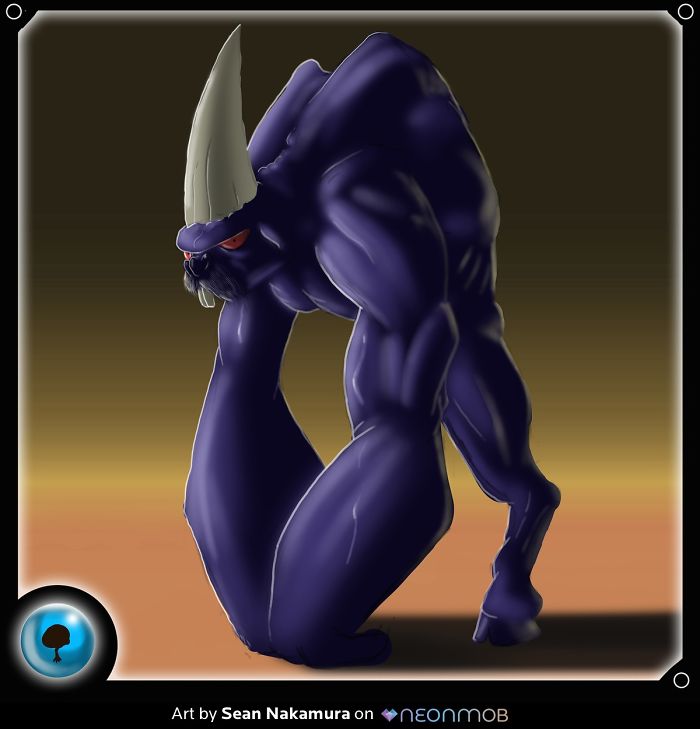
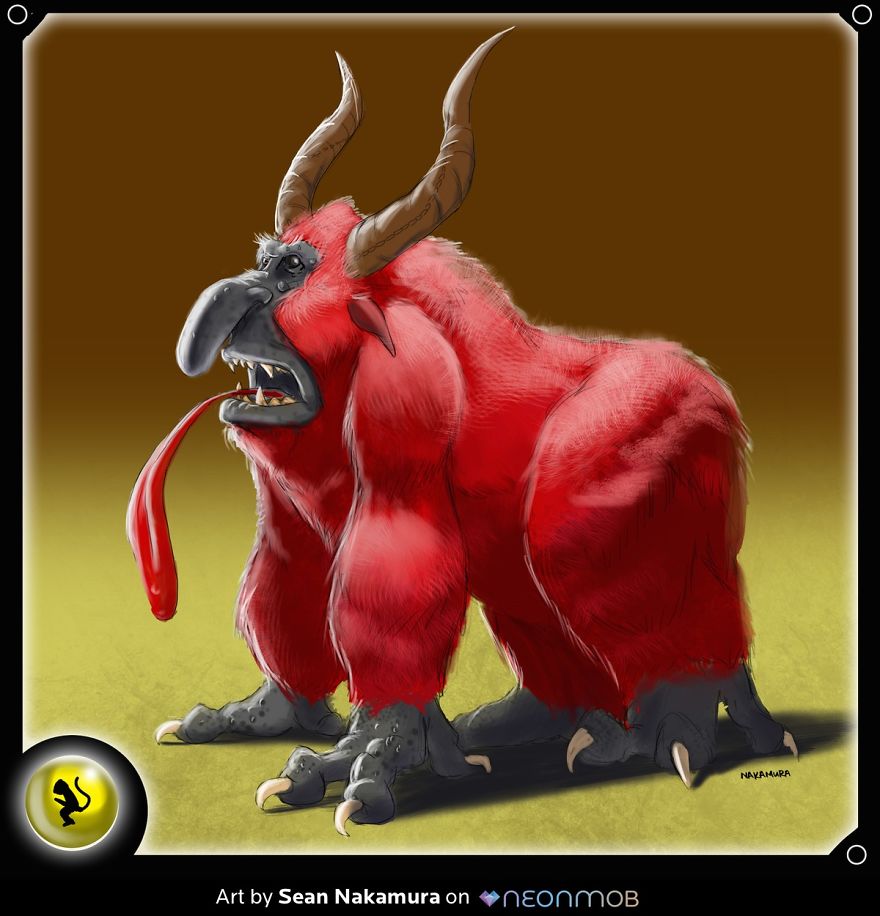
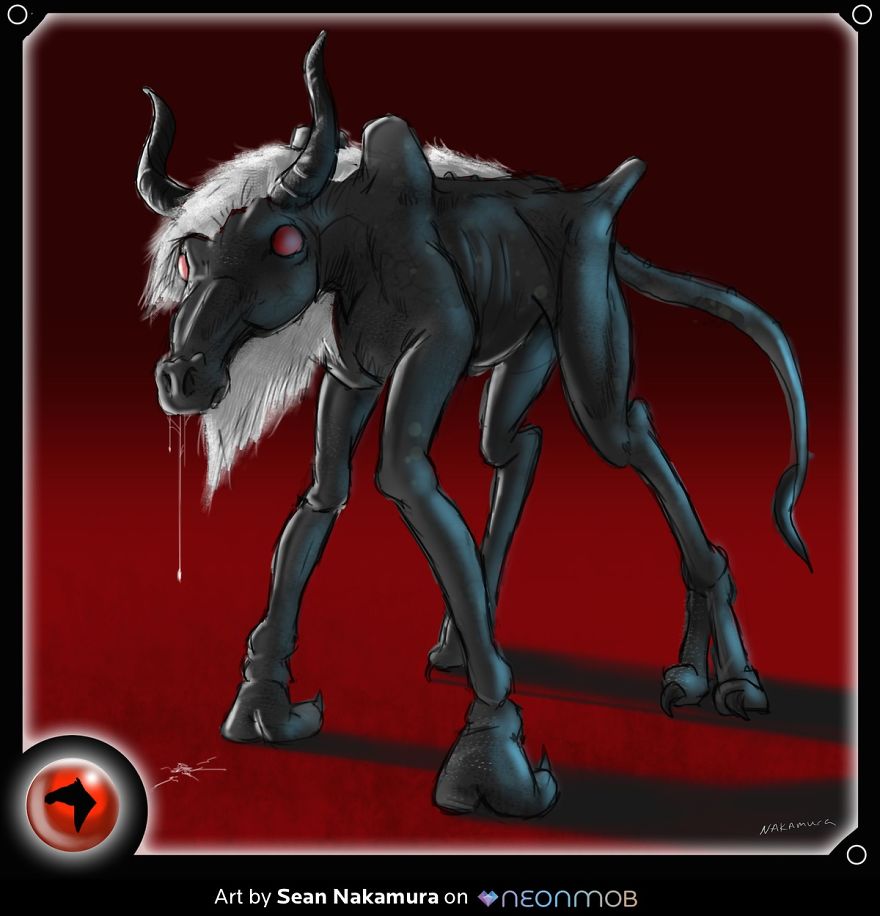
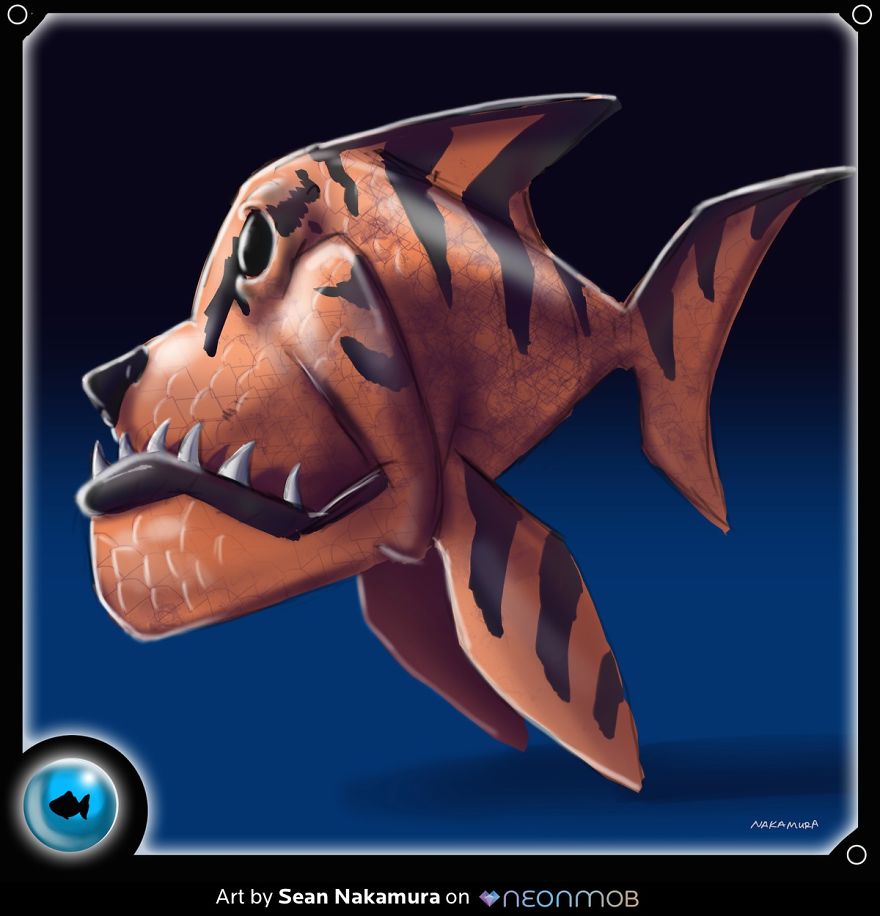
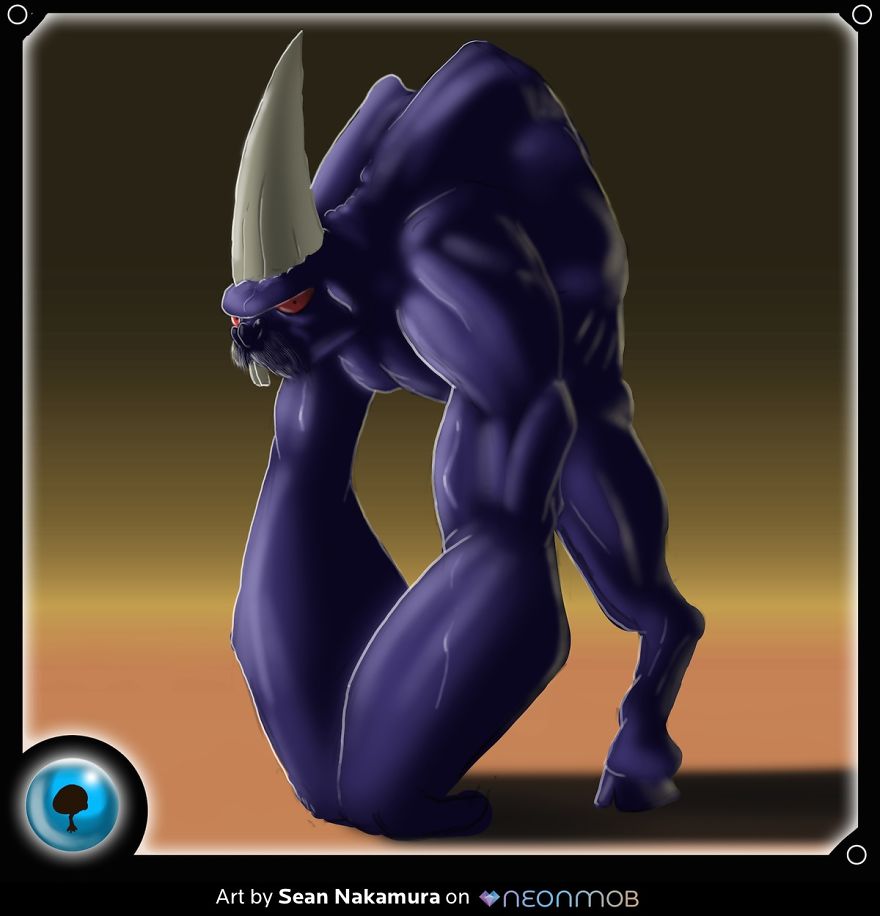
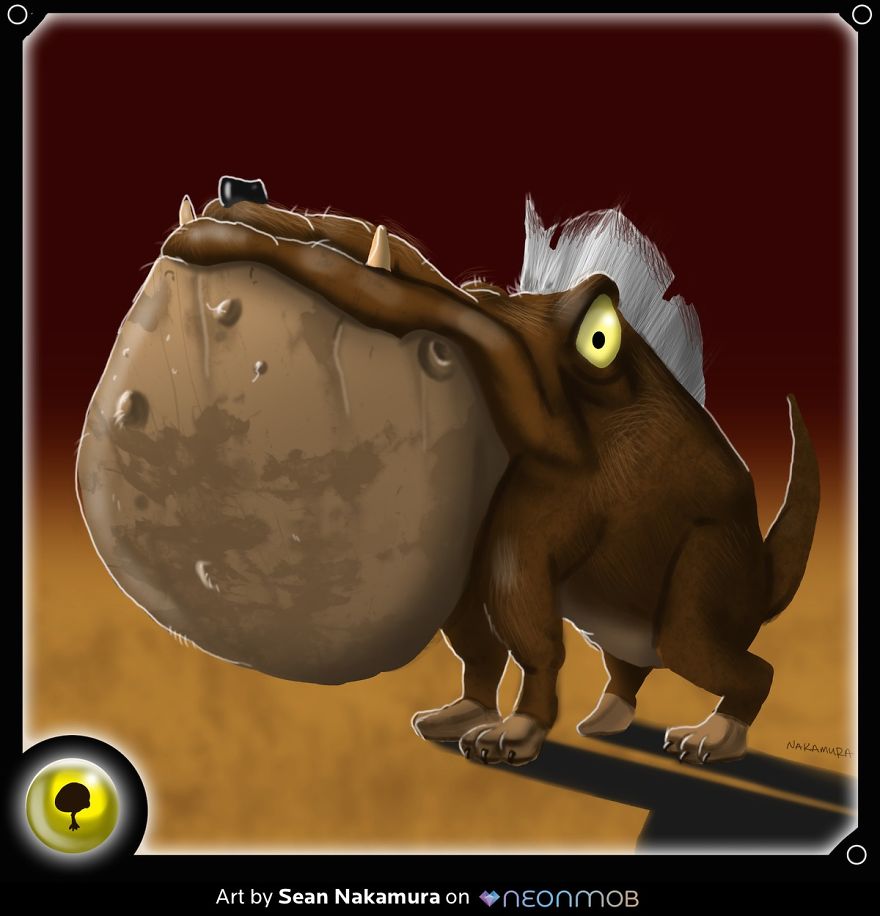
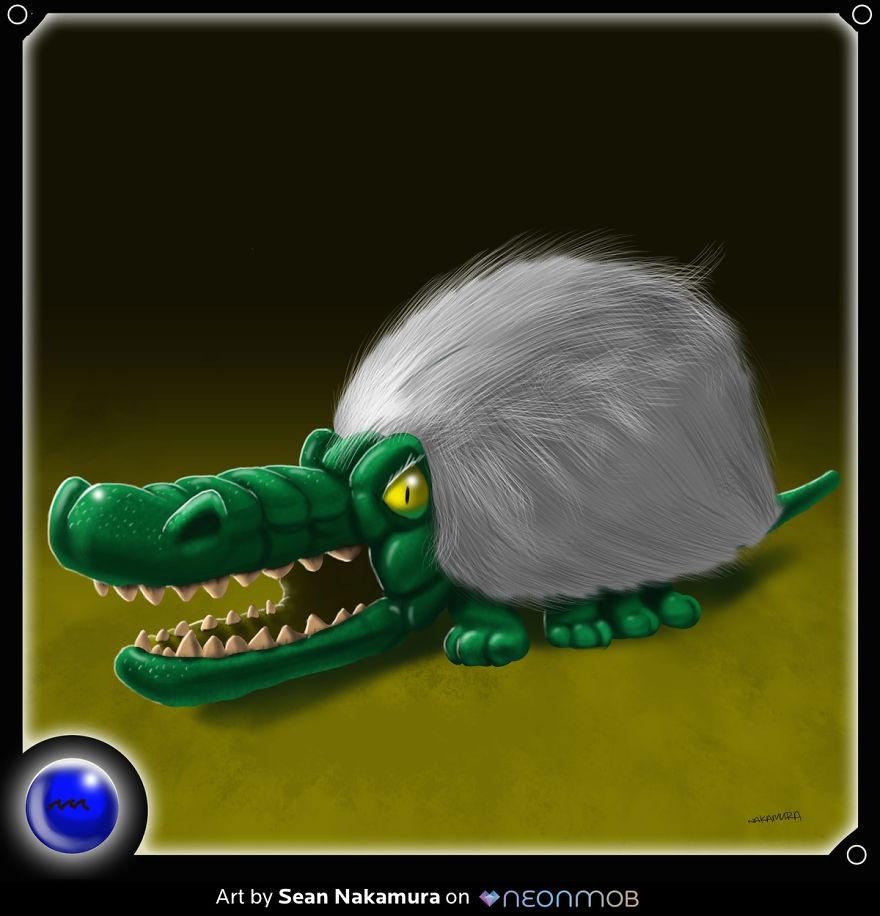
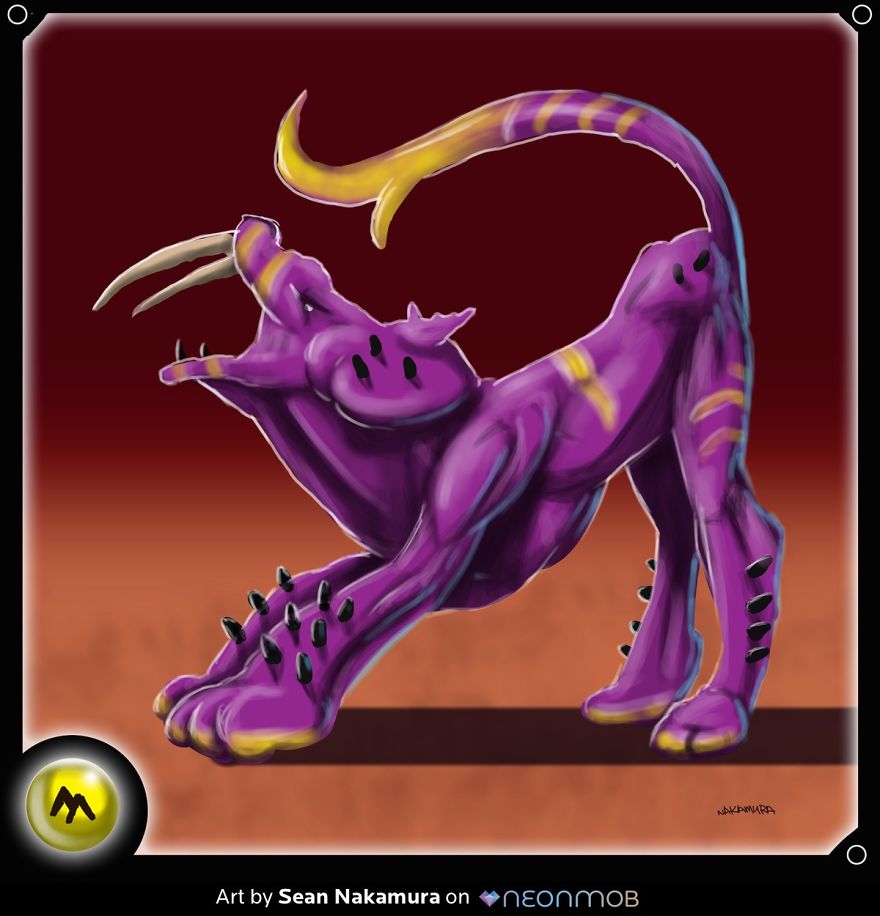
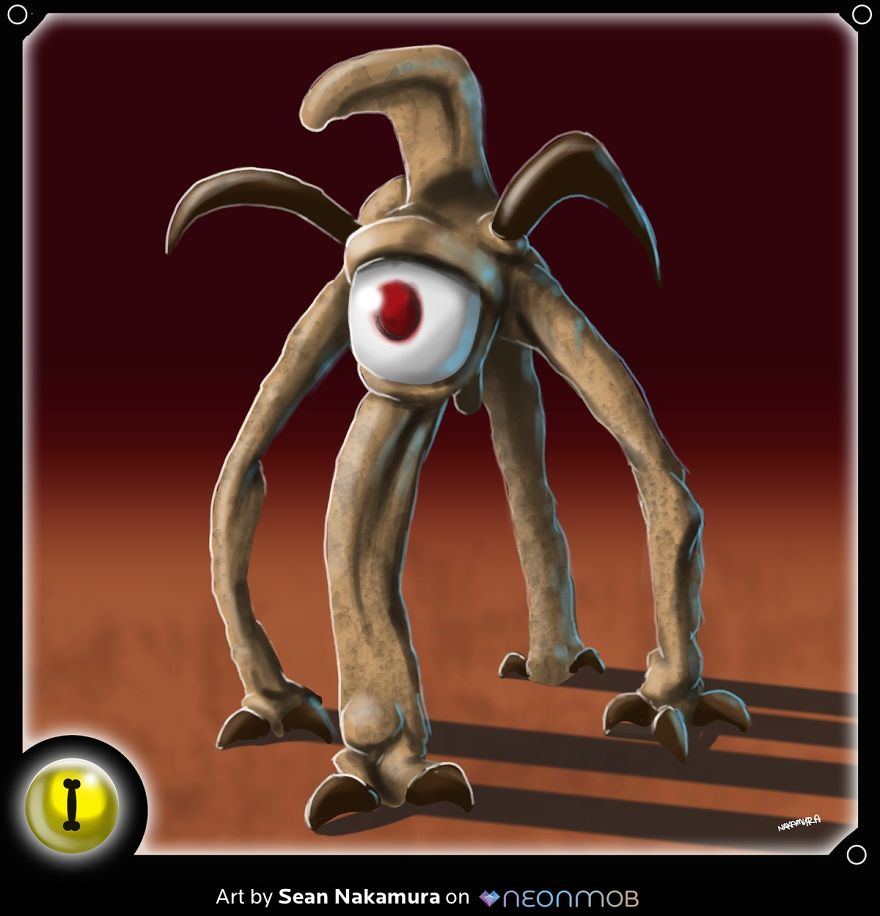



2
0